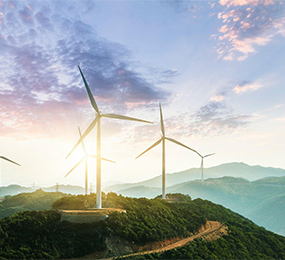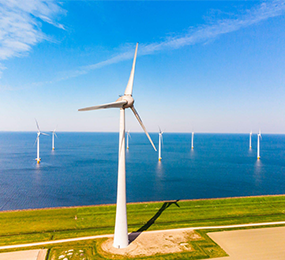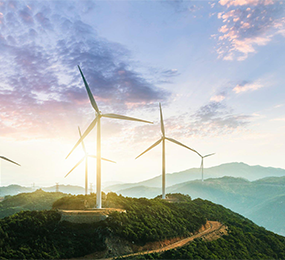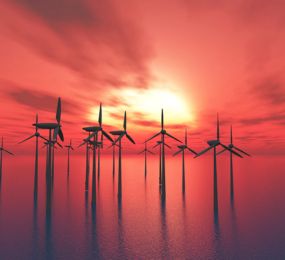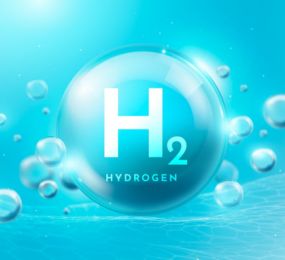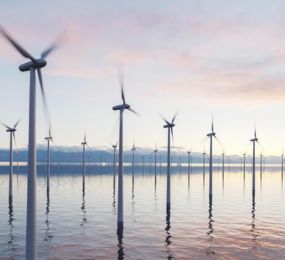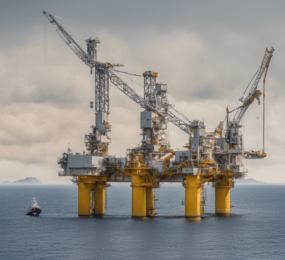Offshore wind energy has evolved into a vital player in the global transition to sustainable power sources. As offshore wind farms proliferate, the effective management of operation and maintenance (O&M) costs becomes increasingly critical. The offshore wind industry is actively focused on reducing O&M expenditures while maintaining high levels of reliability, and a range of strategies is contributing to this endeavor.
The Significance of O&M in Offshore Wind
Operation and maintenance are significant cost components in the lifecycle of an offshore wind farm. These costs encompass various activities, including routine inspections, repairs, and equipment replacements. As offshore wind farms often operate in harsh marine environments, O&M costs can be substantial.
Driving Down O&M Costs Through Innovation
1. Predictive Maintenance: One of the most impactful innovations in O&M cost reduction is predictive maintenance. By leveraging data analytics, sensors, and machine learning, operators can anticipate equipment failures before they occur. This allows for planned, proactive maintenance, minimizing downtime and reducing repair costs.
2. Remote Monitoring: Advances in remote monitoring technology enable operators to assess the performance of wind turbines and other critical infrastructure without deploying personnel to the site. This not only enhances safety but also reduces the logistical and labor costs associated with on-site inspections.
3. Condition-Based Monitoring: Offshore wind farms are increasingly adopting condition-based monitoring, wherein sensors continuously collect data on the condition of equipment. This real-time information facilitates early detection of potential issues, enabling timely intervention and cost savings.
4. Innovative Access Methods: Traditional maintenance access methods, such as rope access and cranes, can be costly and time-consuming. Innovations like drones and remotely operated vehicles (ROVs) are providing more efficient and cost-effective alternatives for inspections and repairs, particularly in challenging offshore environments.
5. Digital Twins: Digital twin technology creates virtual replicas of physical wind turbine components. These digital twins enable operators to simulate different operating scenarios, assess performance, and optimize maintenance strategies, all of which contribute to cost reductions.
The Broader Impact
Driving down O&M costs is not just about immediate savings; it also has a broader impact on the offshore wind industry:
- Enhanced Competitiveness: Lower O&M costs contribute to the competitiveness of offshore wind energy compared to other forms of energy generation.
- Improved Energy Accessibility: Cost-effective O&M strategies help make wind energy more accessible to regions with offshore resources, expanding the global renewable energy footprint.
- Sustainability: By reducing the environmental footprint associated with maintenance activities and equipment replacements, cost-effective O&M contributes to the overall sustainability of offshore wind farms.
In conclusion, while O&M will always be an essential aspect of offshore wind farm management, the industry's dedication to innovation and efficiency is steadily driving down these costs. This not only ensures the long-term viability of offshore wind as a clean energy source but also helps pave the way for a more sustainable and economically competitive energy landscape.
To register or learn more about the Forum please check here: https://bit.ly/3PnCoWn
For more information and group participation, contact us: [email protected]


